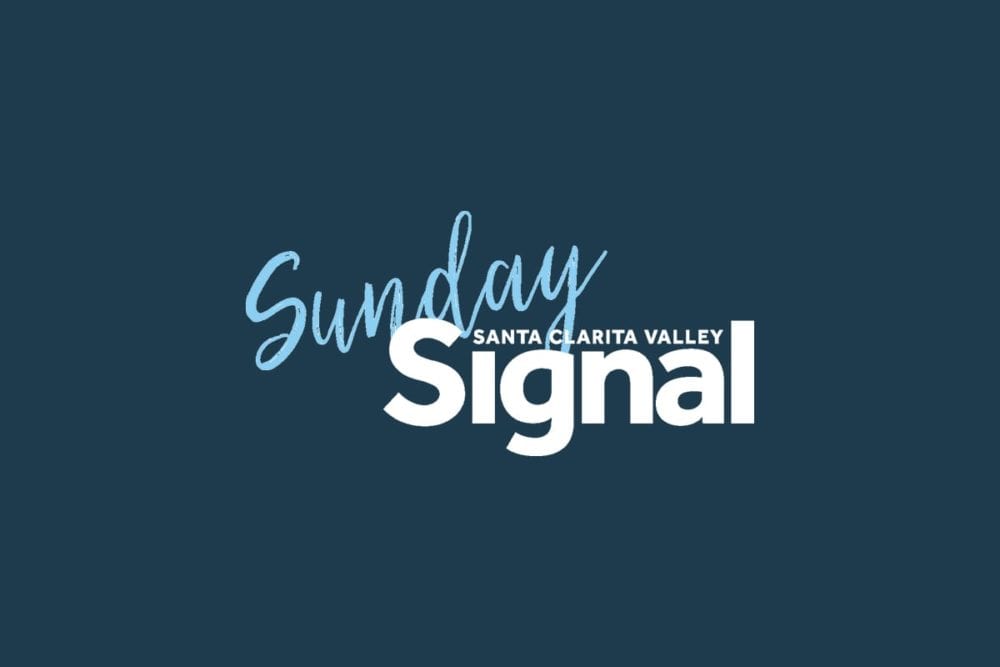Winston Churchill, former Prime Minister of the United Kingdom, once described Russia as “a riddle, wrapped in a mystery, inside an enigma.”
Russia and its President Vladimir Putin have been front and center in the news recently, but what do we know about the country and its people?
Geography
Russia is officially named the Russian Federation. Encompassing 6,612,100 square miles Russia is the largest country in the world by area, covering more than one-eighth of the Earth’s inhabited land area. It is the ninth most populous, with about 146.77 million people.
Russia is about twice as large as the United States. However, it has less than half the people of the U.S.
Find Moscow, Russia on a globe. Moscow is the capital of Russia and the most populous city in Russia, with 13.2 million residents within the city limits.
The time in Moscow is 10 hours ahead of the time in Santa Clarita.
There are 11 time zones in Russia, the United States is spread across six time zones in comparison.
Food
Porridge is one of the most important dishes in traditional Russian cuisine. Variety of cereals is based on a variety of local crops. In Russian, the word kasha refers to any kind of porridge. The most popular cereals are buckwheat, millet, semolina, oats, barley and rice. These cereals are traditionally cooked in milk, especially for breakfast. People add butter, salt, sugar, different jams or fresh fruit and berries to taste. Also, simply cooked salty porridges, especially buckwheat and rice, can be served as the side dish.
Borscht is a soup made of broth, beets and tomatoes with various vegetables, including onions, cabbage, carrots and celery. It’s the soup most closely associated with Russia, however, Russian soups can be divided into at least seven large groups: chilled soups based on kvass (a traditional beverage commonly made from rye bread); light soups and stews based on water and vegetables; noodle soups with meat, mushrooms or milk; soups based on cabbage; thick soups based on meat broth, with a salty-sour base; fish soups; and grain- and vegetable-based soups.
Borscht usually includes meat, particularly beef in Russia. Borscht is generally served very hot, with sour cream, chopped chives or parsley, and crushed garlic. Borscht is traditionally served with black bread.
Blini are thin pancakes or crepes and a common breakfast dish in Russia. They may be topped with butter, smetana (sour cream), fruit preserves or caviar.
Russian Flag
The flag of Russia is a tricolor flag consisting of three equal horizontal bars: white on the top, blue in the middle and red on the bottom. The flag was first used as an ensign for Russian merchant ships and became official as the flag of Russia in 1696.
Brief History
The Russian Empire originated with Peter the Great in 1721 and ended with the Emperor of All Russia, Nicholas II, who abdicated in 1917, and was executed with his family in 1918 during the Bolshevik Revolution.
After the socialist revolution of 1917 in Russia, the followers of the communist ideas of Karl Marx and the ideology of the Russian revolution leader Vladimir Lenin took over. A civil war ensued that ended in 1922 with the formation of the Union of Soviet Socialist Republics, or the Soviet Union. The Soviet Union existed for 70 years.
During this period, Russia became an ally of the West and helped defeat Germany and Adolf Hitler during WWII. After WWII, the Soviet Union and the West entered a “Cold War” of arms escalation and competition on the world stage.
The Soviet Union ceased to exist in 1991, as democratic forces, led by Boris Yeltsin, moved to the forefront of Russian politics.
Yeltsin stepped down and named Vladimir Putin the acting president on New Year’s Eve 1999. Putin has been elected President of Russia in three consecutive elections. He has consolidated his power and stifled dissent.
The Arts
Russia has a long history of producing amazing art, including the storied Faberge Eggs and The Bolshoi Ballet.
A Faberge Egg is a jeweled egg created by the House of Fabergé, in St. Petersburg, Imperial Russia. Virtually all were manufactured under the supervision of Peter Carl Fabergé between 1885 and 1917.
The Bolshoi Ballet is an internationally renowned classical ballet company, based at the Bolshoi Theatre in Moscow. Founded in 1776, the Bolshoi is among the world’s oldest ballet companies. However, it is not the only important ballet company in Russia. The Mariinsky Ballet in Saint Petersburg is also recognized as one of the foremost ballet companies in the world.
Matryoshka dolls are known as “Russian nesting dolls.” The stacking dolls wooden dolls of decreasing size placed one inside another. The first Russian nested doll set was carved in 1890 by Vasily Zvyozdochkin and designed by Sergey Malyutin, a folk crafts painter. The dolls are now mass produced and popular souvenirs.
Russian words
The Cyrillic alphabet is used in Russia. Here are a few popular terms.
Babushka: Granny
Dacha: Summer house
Siberia: An area in Russia known primarily for its long, harsh winters.
Gulag: A coercive institution, or an oppressive environment.
Kremlin: A citadel or fortified enclosure.
Pogrom: An organized attack on a community or group.
Ruble: The unit of Russian currency.
Sputnik: Satellite
Troika: A commission headed by three people.
Glasnost: A policy of openness or transparency.
Children’s Craft: Faberge Eggs
Polystyrene foam or plastic egg
Acrylic paint
Sticky gems, glitter glue, sequins, etc.
First find an image of a Faberge egg online. Discuss the colors and composition of the egg with your child. Paint the egg and let dry. Decorate with gems, ribbon, glitter glue and sequins. Glue ribbon to the top and hang.













